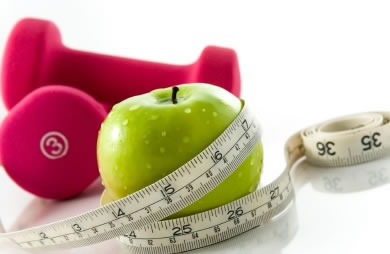 We hear so often about the side effects of pregnancy - water retention, heartburn and even constipation. But while urinary incontinence (the involuntary leakage of urine) is extremely common too, many women don't talk about it. The prevalence of incontinence is obvious when walking through the personal hygiene section of your local drugstore. It seems that there are more types of incontinence products than there are for menstruation, which nearly every woman experiences.
We hear so often about the side effects of pregnancy - water retention, heartburn and even constipation. But while urinary incontinence (the involuntary leakage of urine) is extremely common too, many women don't talk about it. The prevalence of incontinence is obvious when walking through the personal hygiene section of your local drugstore. It seems that there are more types of incontinence products than there are for menstruation, which nearly every woman experiences.
More than 30 million women live with incontinence issues, thinking it is unavoidable during or after pregnancy. While incontinence is common during these life phases, women with chronic incontinence may be too embarrassed to seek medical attention. But incontinence is a preventable and treatable problem, and no one should feel shame because of it. There are two basic types of incontinence:
Every pregnant woman is told to do Kegels, but many do not understand just how important they are. Many times it takes that first, unexpected "leak" to make someone a believer, but by this time, the pelvic floor muscles are already weak, making it difficult to even perform Kegels correctly. This is especially true after pregnancy when the muscles are weakened from labor and possible episiotomy or tearing. Studies show that more than 30% of women do not contract their pelvic floor muscles correctly. A common method women use to detect these muscles is by trying to stop the flow of urine. However, many women mistakenly contract their thigh, abdominal, or anal muscles, which do not help reduce leakage problems nor target the pelvic floor. Women's health care has come a long way, and physical therapists are now able to treat incontinence issues for those that are not successful with Kegels alone. Some types of urinary incontinence therapy include: electrical stimulation, biofeedback, special equipment cones and weights, timed voiding or bladder training, as well as assistance with weight loss and dietary issues. Medication and surgery are other options, but should be considered as last resort treatments. If Kegels are practiced early in pregnancy or even prior to pregnancy, they can not only assist with incontinence issues but also help to reduce labor time and strengthen sexual response! The hard part is doing enough of them to make a difference. Here's how:
Please do not let incontinence affect your lifestyle any longer than it has to. Don't be afraid or ashamed to seek medical help if Kegels just aren't cutting it for you. And remember to practice your Kegels regularly-before, during and after pregnancy. |
Kegels for Urinary Incontinence
Gotta Go? These Tips Can Help!
Page 1 of 1






Member Comments